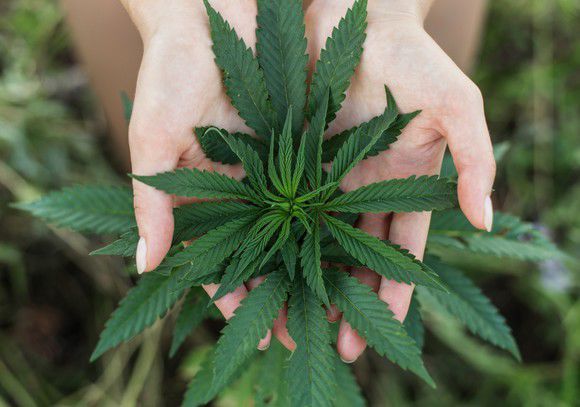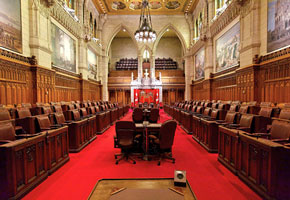This month, Canada finally released its much-anticipated marijuana legislation, making it the second country in the world after Uruguay to legalize marijuana for recreational usage. This is an important moment in the development of cannabis as a global industry and we are all watching Canada take on this new challenge.
At Surna, we like to stay up to date on everything cannabis-related and have been watching these developments closely. Now that legislation has been presented, we’ve put together 5 things you should know about how Canada got here and what adult-use marijuana will look like for the nation.
5. They did the Research
Canada began this process in 2001 when it legalized medical marijuana. But in 2015, now Prime Minister Justin Trudeau made adult use legalization a mainstay of his bid for office. Once he was elected, he promptly ordered a task force to investigate the industry and make recommendations for Canada’s legalization. The task force was exhaustive, surveying 30,000 people, meeting with territorial and provincial governments, interviewing experts and medical patients and investigating regulations in places like Uruguay, Colorado and Washington. After five months of research and consultation, the task force presented a 106-page report that detailed recommendations in December 2016. These recommendations focused heavily on safety and keeping legislation flexible and fluid. For the most part, recommendations have been followed in the legislation presented last week.
4. Temperance over prohibition
The first thing to understand about Canada’s legalization efforts are that they are aimed at keeping cannabis boring. After decades of dealing with black markets, Canada has come to realize that prohibition simply does not work and has focused instead on temperance, which allows marijuana to be used safely and responsibly by adults. This is in stark contrast to the glamorous American cannabis market. In states that have legalized in the US, loud and flashy packaging and innovative products are the norm, creating excitement and intrigue into the budding industry. In Canada, they intend to approach this differently. Bill Blair, former Toronto Police Chief and current advisor to Trudeau on Marijuana Policy, explains that the real goal of this legalization is to take the mystery and excitement out of the product and ensure responsible usage among adults. As of now, edibles are prohibited and there is still some question about concentrates. The intent of the legislation is to create tight restrictions now that can be relaxed later if needed. Blair explains that a temperance approach allows the country to regulate the supply and allocate law enforcement efforts towards more important goals.
3. The goal is safety first and foremost
In the US, one of the major drivers for states that have legalized cannabis has been economic. Colorado alone made $200 million in tax revenues in 2016, providing much needed funds for education. While that is impressive, Canada has a different motivation. They hope to regulate an existing illegal market with the goal of keeping it away from children and ensuring safety standards. A study in 2013 by UNICEF found that Canada leads the developed world in usage of cannabis among teens. For this reason, dispensaries will have to strictly enforce age requirements, packaging will have to be kept simple and products that could appeal to children will be prohibited. Marijuana will be marketed like cigarettes, with a heavy focus on educating consumers of the effects rather than enticing them to buy.
In addition, the regulation of the market means that consumers can ensure they’re ingesting safe products. In an illegal market, it is difficult for consumers to be sure they are not consuming pesticides or mold when consuming marijuana. With regulation, testing protocols will be mandated, ensuring only safe and healthy products are available to consumers.
2. Legislation has been introduced but nothing is legal yet
While legislation was presented to Parliament for approval last week, there is still much work to be done. Now the bill goes to Parliament for changes and, ultimately, approval. It looks promising for the bill as Trudeau’s Liberal Party controls a majority of the House of Commons and they are also supported by an even more liberal New Democratic Party.
1. It will be a team effort
The legislation released last week details which governing bodies will have control over the different aspects of regulation. While the Federal government will be tasked with designing regulations concerning cultivation and licensing cultivation facilities, individual provinces and territories will have to determine how retail sale and distribution will be managed. The government will also have to collaborate to develop a system for testing impaired drivers. Different bodies from all over federal, provincial, and local government must come together to create an overall regulatory structure that runs smoothly and efficiently. This is no small undertaking. The world will be watching Canada, taking note of its trials and successes in the movement toward cannabis legalization
At Surna, we stay up to date on all legislation and regulation concerning cannabis cultivation. Understanding the environment our customers must navigate is important to our role as experts in the industry. If you’re considering starting a cultivation facility in Canada or anywhere else, reach out to us for advice and guidance.














